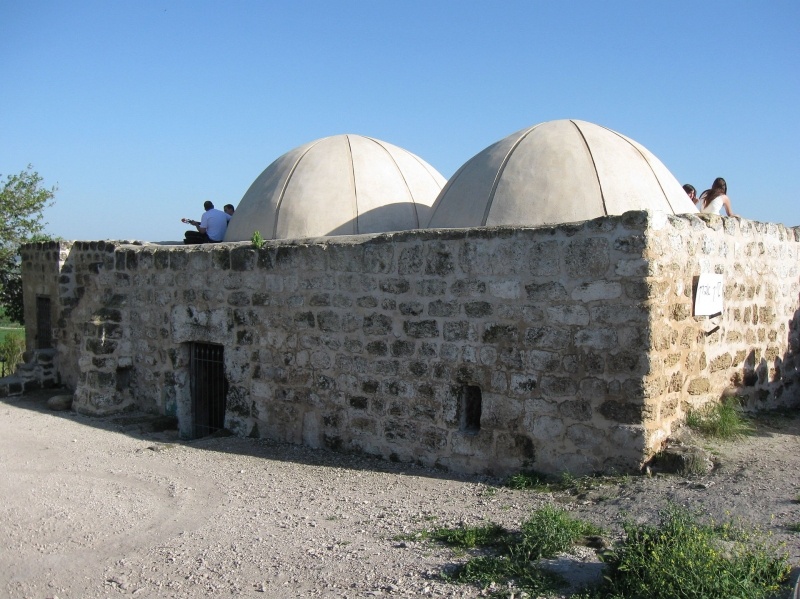Info
District: Haifa
Occupation date: 1925
Jewish settlements on village/town land before 1948: Sde Ya'akov, Kiryat Amal, Kiryat HaRoshet, Bayt Zaid
Jewish settlements on village/town land after 1948: None
Background:
Sheikh Bureik, locally called Sheikh Abreik or Sheikh Ibreik in recent times, was a Palestinian Arab village located 10 miles (16 km) southeast of Haifa.
The village appears under the name Sheikh Bureik in 16th century Ottoman archives. Named for a local Muslim saint to whom a shrine was dedicated that remains standing to this day, it was a small village whose inhabitants were primarily agriculturalists.
Village under Ottoman rule:
Sheikh Bureik, like the rest of Palestine, fell under the rule of the Ottoman Empire between the 16th and 20th centuries. In the imperial daftar for 1596, it is recorded as a village of 22 Muslim families located in the nahiya of Shafa in the liwa of Lajjun, whose inhabitants paid taxes on wheat, barley and summer crops. A map by Pierre Jacotin from Napoleon's invasion of 1799 showed the place, named as Cheik Abrit.
In 1859, the tillage of the village was 16 feddans. In 1872, the Ottoman authorities sold Shayk Abreik (together with a total of 23 villages and some seventy square miles of land) for £20,000 to the Sursuk family of Lebanon. In 1875, Victor Guérin found it to have 350 inhabitants. In 1881, "The Survey of Western Palestine" describes Sheikh Abreik as a small village situated on a hill with a conspicuous Maqam (sanctuary) located to the south. The village houses were made mostly of mud, and it belonged to the Sursuk family. The population at this time was estimated to be around 150. During World War I, the "finest oaks" of Sheikh Bureik were "ruthlessly destroyed" by the Turkish Army for use as rail fuel.
Village under British Mandatory rule:
During the period of Mandate Palestine, in the October 1922 census of Palestine, the population of Sheikh Bureik was recorded as 111 Muslims (51 male and 60 female). At some time during the early 1920s, the Sursuk family sold the lands of the village to the Jewish National Fund, via Yehoshua Hankin, a Zionist activist who was responsible for most of the major land purchases of the World Zionist Organization in Ottoman Palestine. After the sale, which included lands from the Arab villages of Harithiya, Sheikh Abreik and Harbaj, a total of 59 Arab tenants were evicted from the three villages, with 3,314 pounds compensation paid.
In 1925 an agricultural settlement also named Sheikh Abreik was established by the Hapoel HaMizrachi, a Zionist political party and settlement movement. By 1930, the new Jewish settlement had a population of 45 spanning an area of 1,089 dunams.
In 1940, the High Commissioner of the British Mandate for Palestine placed the village in Zone B for land transfers, meaning that transfer of land to a person other than a Palestinian Arab was permitted in certain specified circumstances.


